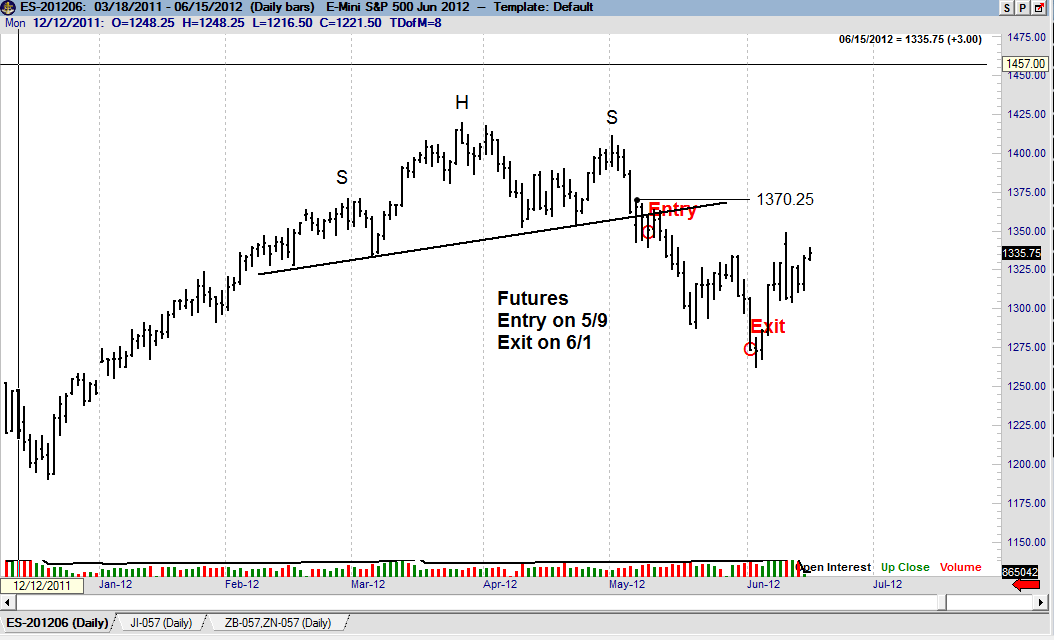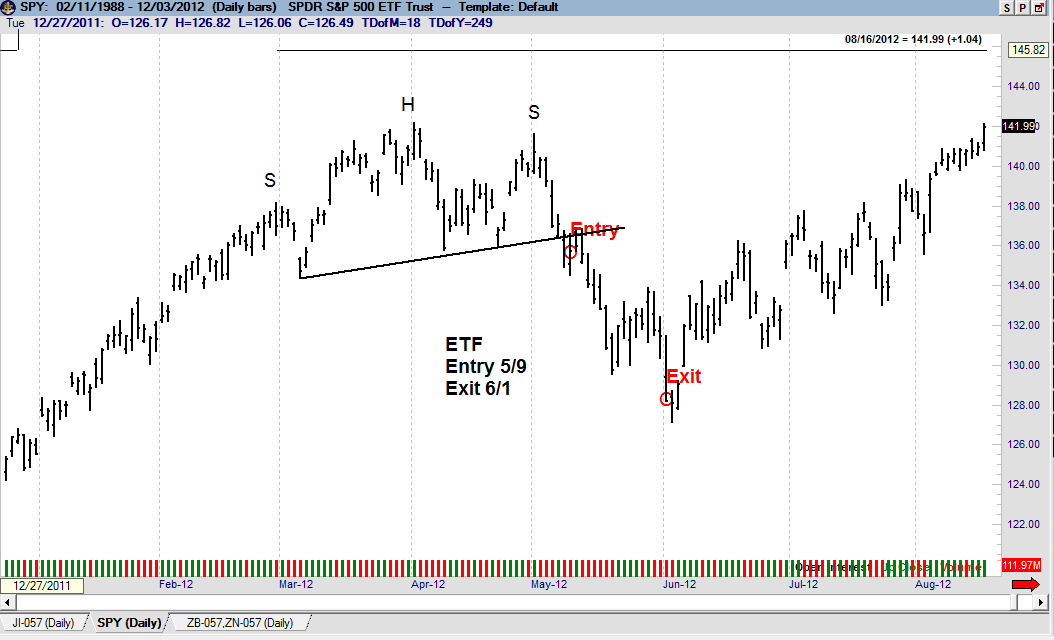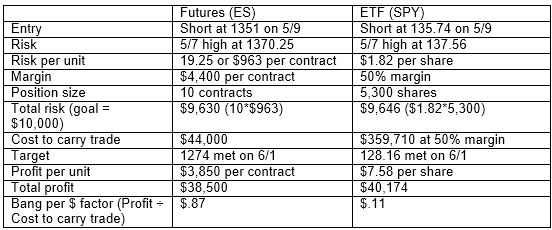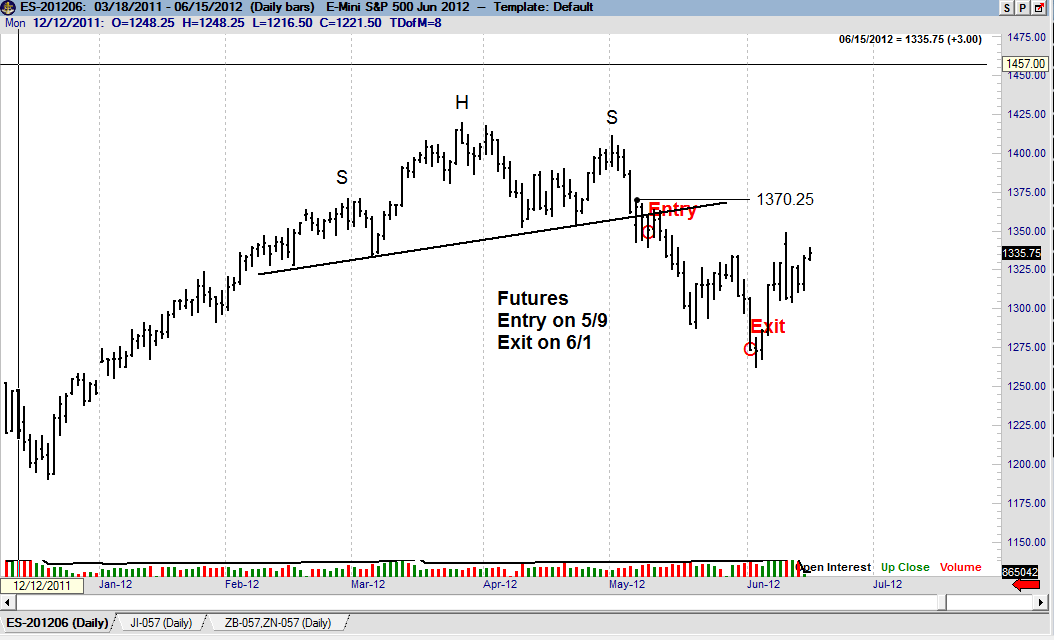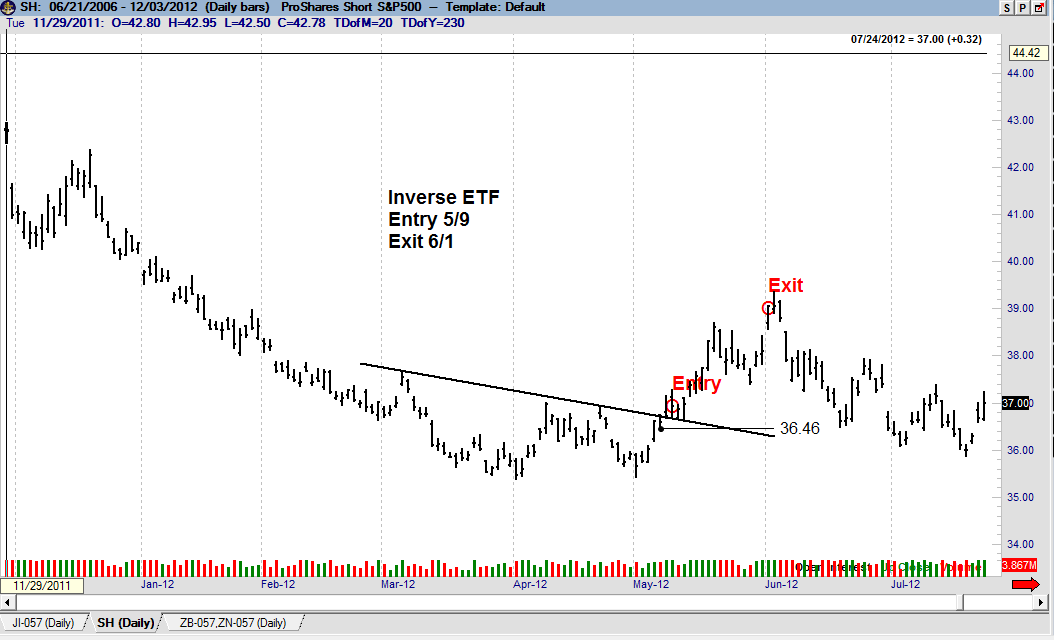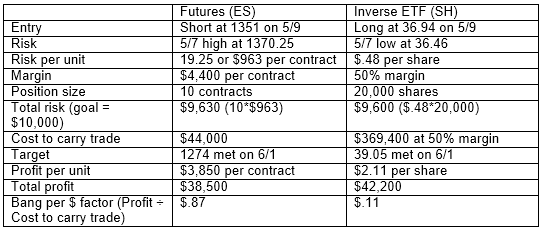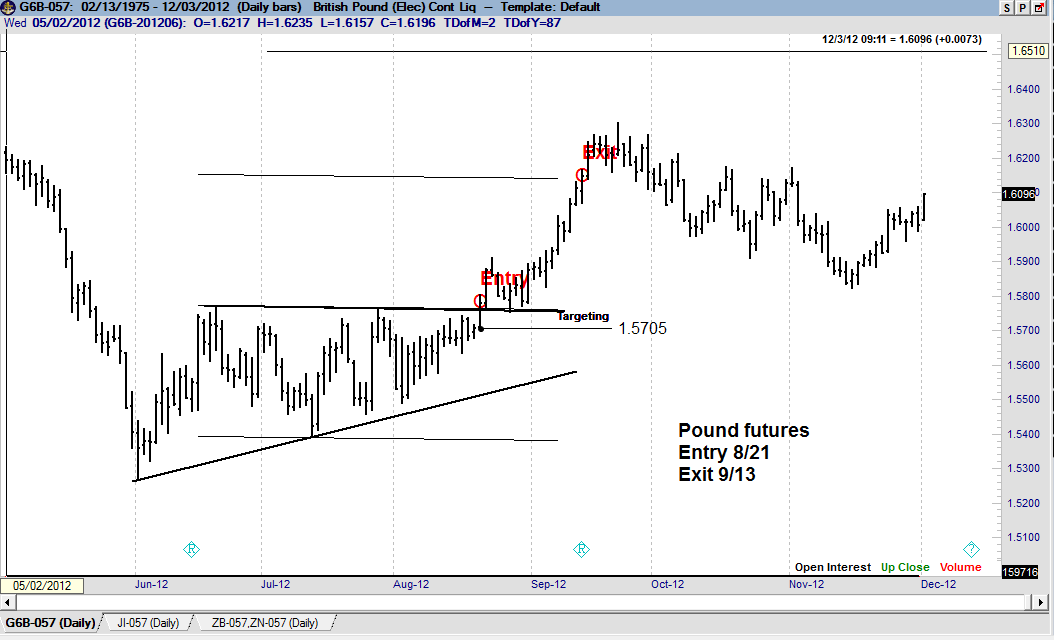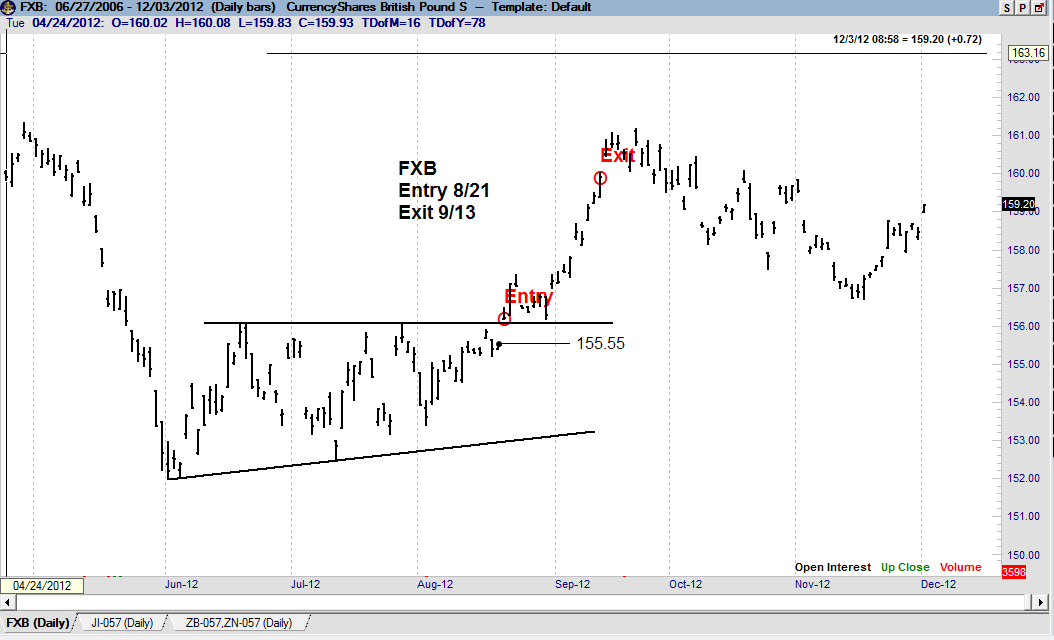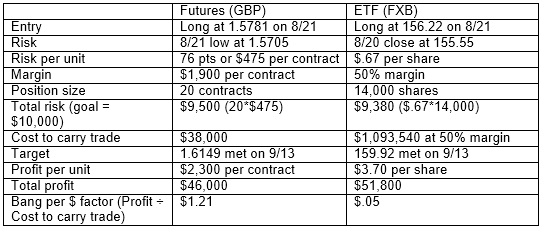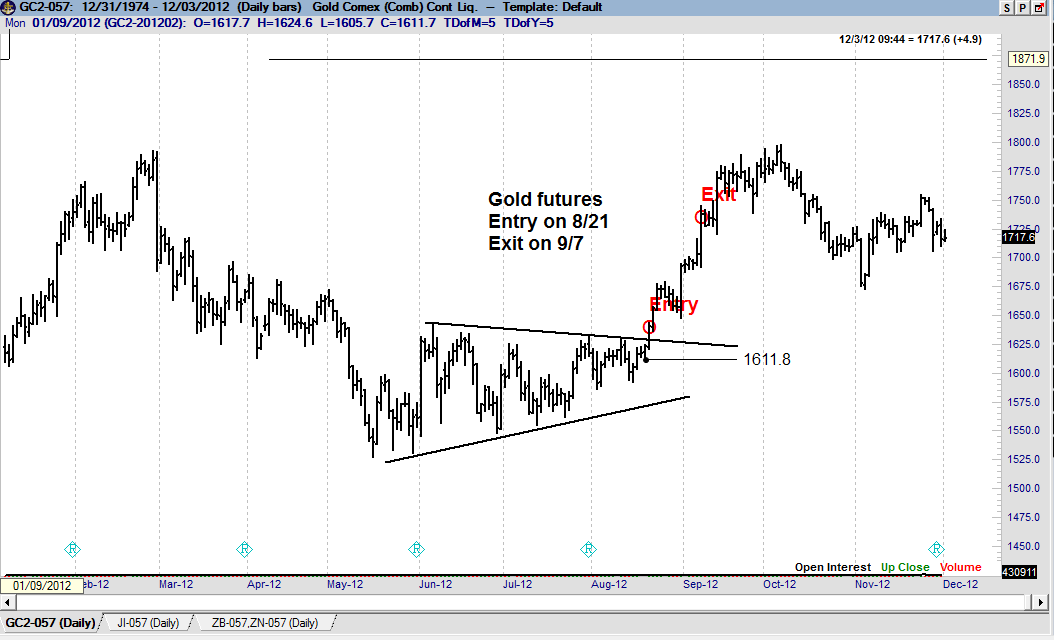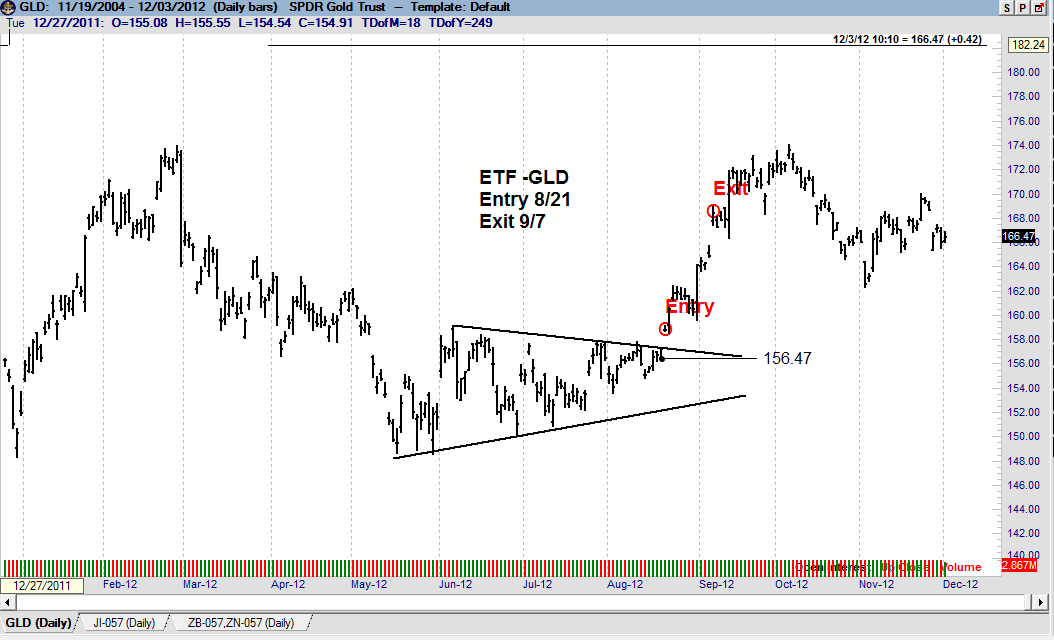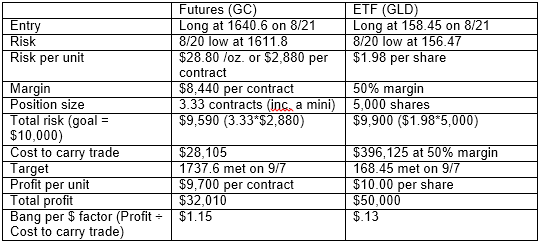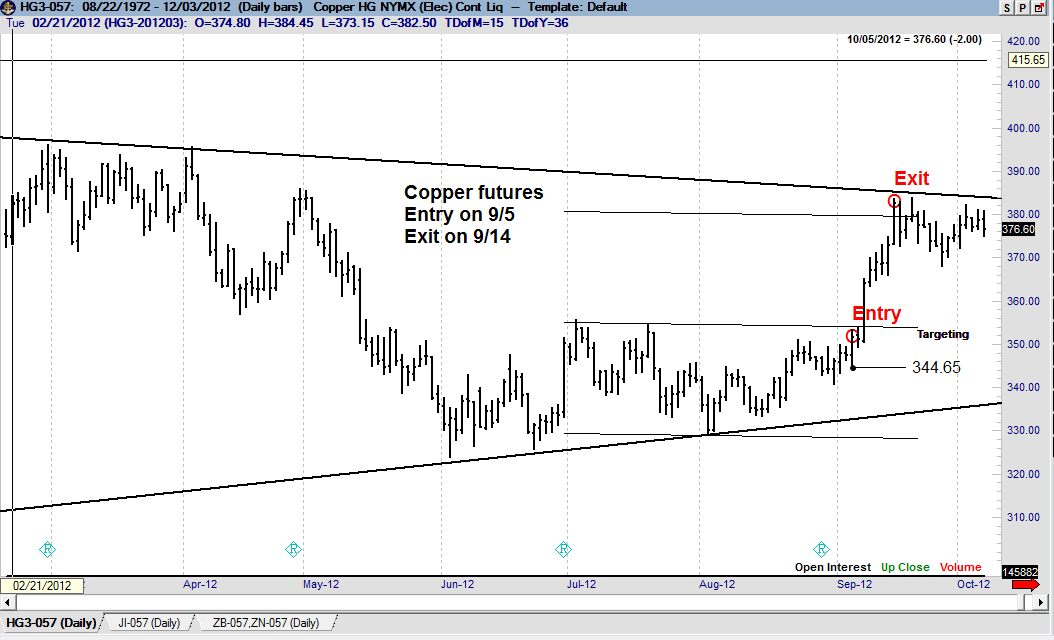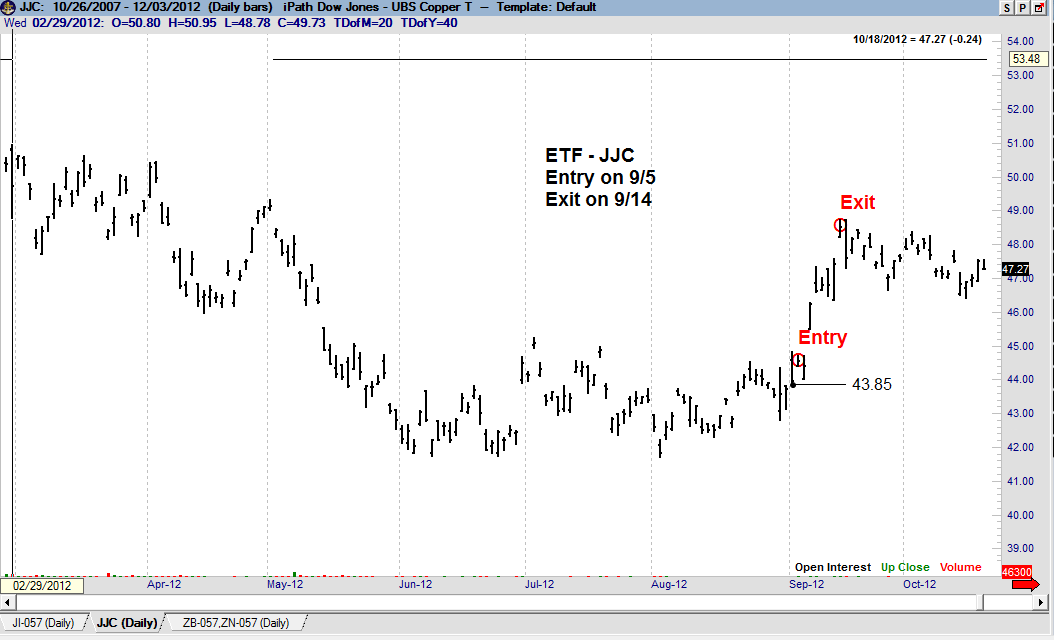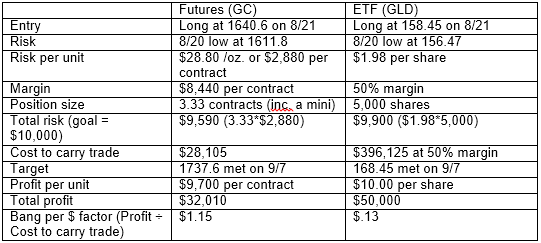Simple Trade Management
Simple Trade Management – Standing the Test of Time.
I have absolutely no control if the next trade or series of trades will be profits or losses. However, with a proper Trade Management process, I know that I only have control over:
- The patterns I identify as trading opportunities – do they meet a certain standard?
- The orders I enter – is my order entry processes consistent with conducting trading as an organized business enterprise?
- Leverage and sizing – (Risk Management) am I risking too much, but also, am I risking enough to make a trade matter if I am right?
- Ongoing Trade Management – am I taking the right balance between protecting capital and allowing a trade to fully develop?
I want to be able to look at past trades on a chart a year or more after the fact (both entry and exit) and be able to say – “YES, that trade made sense, my sizing was right, my trade management was precise.” Picture this concept: If I blow up charts to wall-sized and stick pins into price bars at every spot where I bought and sold, will the placement of all the pins make sense a year after the fact? If I look at a pin and say, “I have no idea what I was thinking in that trading action,” then I have some serious issues I must address in my trading operations. Food for thought?
Factor Membership is now available. You could consider your membership in the Factor Service as just one more trade. If the Factor Service is not of value to you, well, it is just one more trade that did not work. Through the Factor Service I endeavor to alert novice and aspiring traders to the many pitfalls you will face – and to offer advice on overcoming those pitfalls. My goal is to shoot straight on what trading is all about. For more information, visit the home page here. Or watch my 30 minute webinar where we cover the Factor service in depth.
I hope you will consider joining the Factor community.

##



